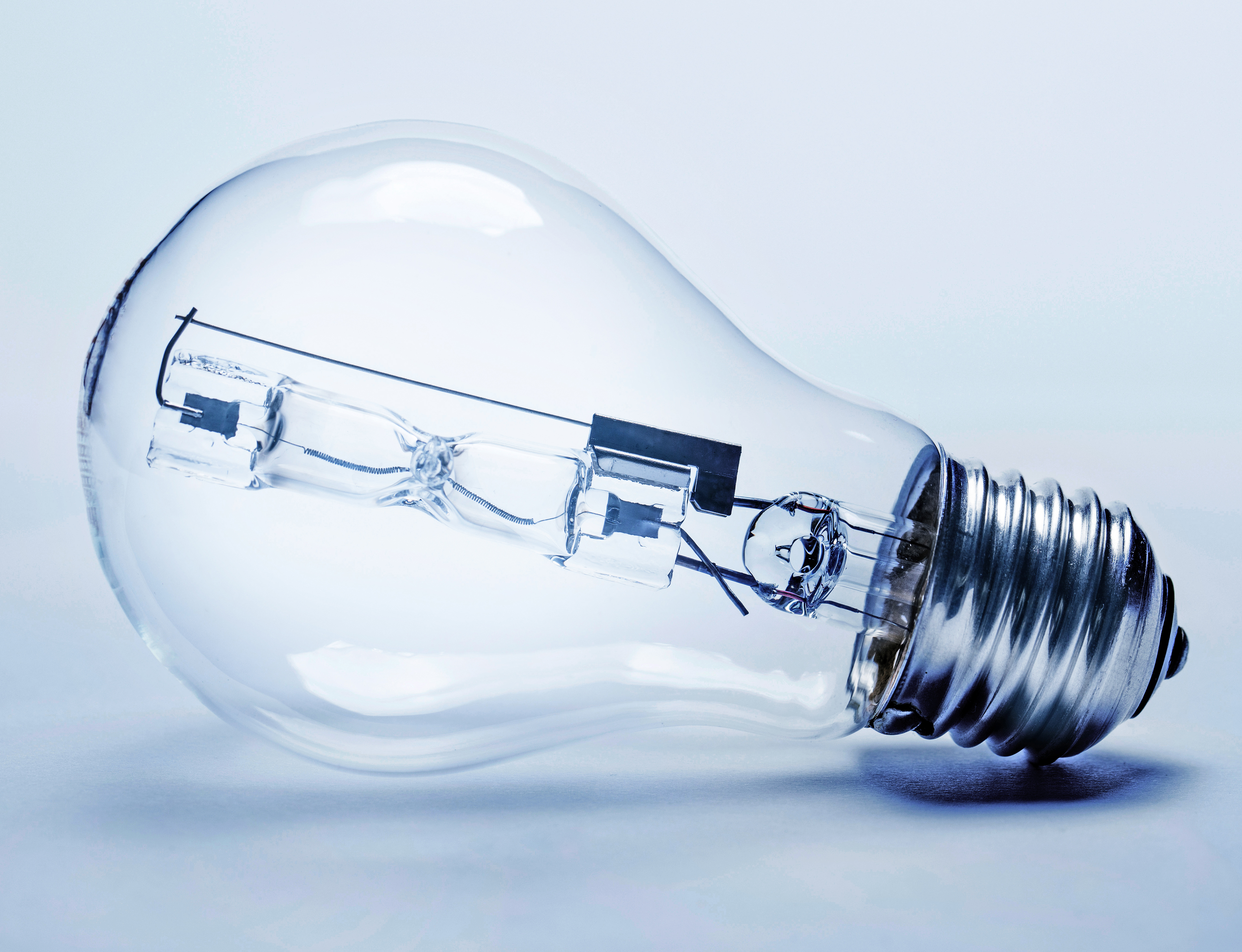California Adopts New Light Bulb Efficiency Standard
By Embracing the Draft Federal High Efficiency Light Bulb Regulations, California Is Challenging the U.S. Government to Obey Its Law

On January 1 this year, California banned the sale of inefficient light bulbs. This action was needed because the Federal Department of Energy (DOE) was attempting to overturn the complete phase-out of inefficient light bulbs. The Energy Independence and Security Act (EISA), passed in 2007, laid out a 12-year plan to end the sale of energy-wasting incandescent and halogen bulbs and transition to dramatically more efficient alternatives. Per the law, the completion of this changeover was to take place on January 1, 2020.
This past fall, the DOE attacked the new standards by 1) deciding to keep the 2012 standards unchanged, and 2) withdrawing the updated efficiency definitions. These standards impact the bulbs that go into 2.7 billion lighting sockets in the U.S. Since these changes are illegal under the provision of EISA, the California Energy Commission (CEC) voted to adopt the higher efficiency federal draft regulations — the ones that the DOE is trying to eliminate. Thus, as of January 1, 2020, it is illegal to sell light bulbs in California that fail to meet the minimum efficiency standard of 45 lumens per watt. Lumens measure the amount of light delivered per watt of power consumed by a bulb.
There is a wide range of LED light bulbs that meet the new high efficiency standard. Replacing an old-fashioned 60-watt incandescent bulb with an LED of equivalent light output will use 10 watts of power or less. Moreover, the LED bulb will last at least 10 times longer, saving the cost and inconvenience of annual bulb replacement.
According to the CEC, the California standards will save 4,000-13,600 gigawatt-hours of electricity once the transition is completed. This amounts to between $736 million and $2.4 billion in annual savings for California businesses and households. These figures are on top of the savings already being realized by California’s upgrades, standards that were implemented in 2018 for some types of light bulbs. Most importantly, perhaps, these savings will prevent the emission of millions of tons of carbon from utilities having to generate the extra electricity to power inefficient bulbs.
Once again California is demonstrating its environmental leadership. There is a strong likelihood of future lawsuits from lighting companies and maybe even the federal government, but California has the law on its side. Furthermore, as is frequently the case, other states are likely to follow California’s example.
At the Santa Barbara Independent, our staff is working around the clock to cover every aspect of this crisis — sorting truth from rumor. Our reporters and editors are asking the tough questions of our public health officials and spreading the word about how we can all help one another. The community needs us — now more than ever — and we need you in order to keep doing the important work we do. Support the Independent by making a direct contribution or with a subscription to Indy+.



